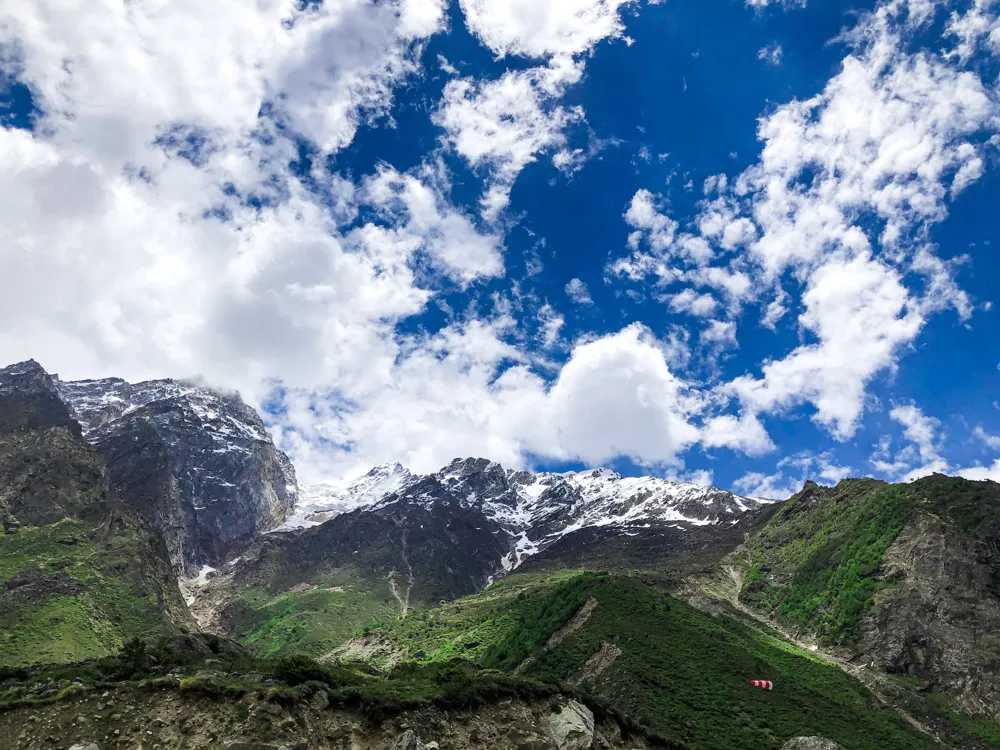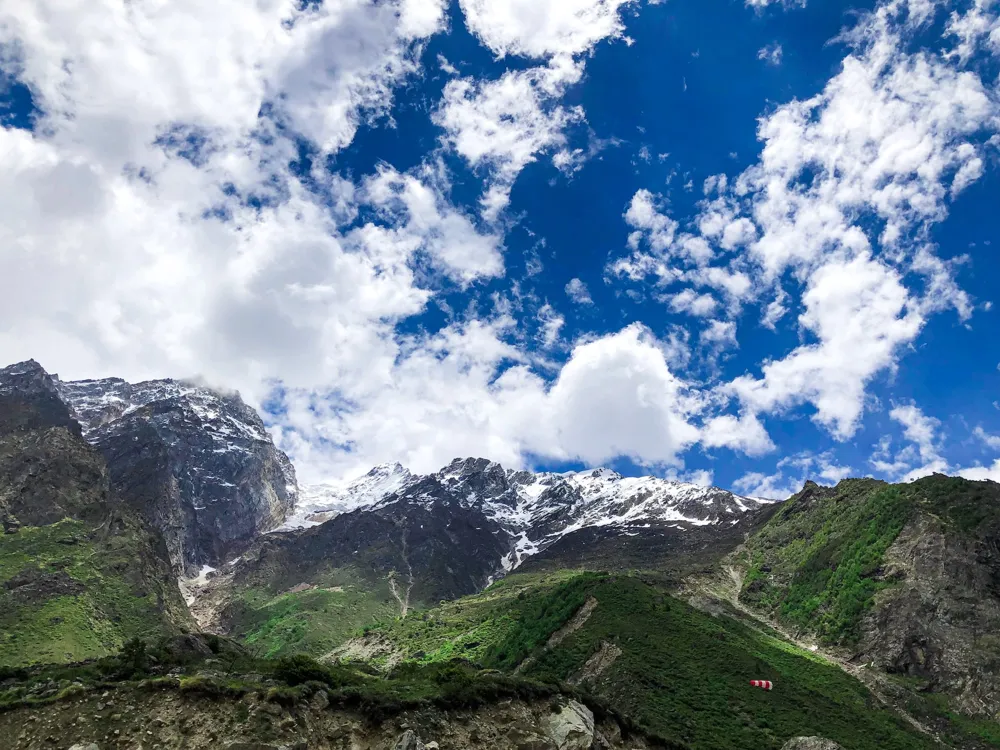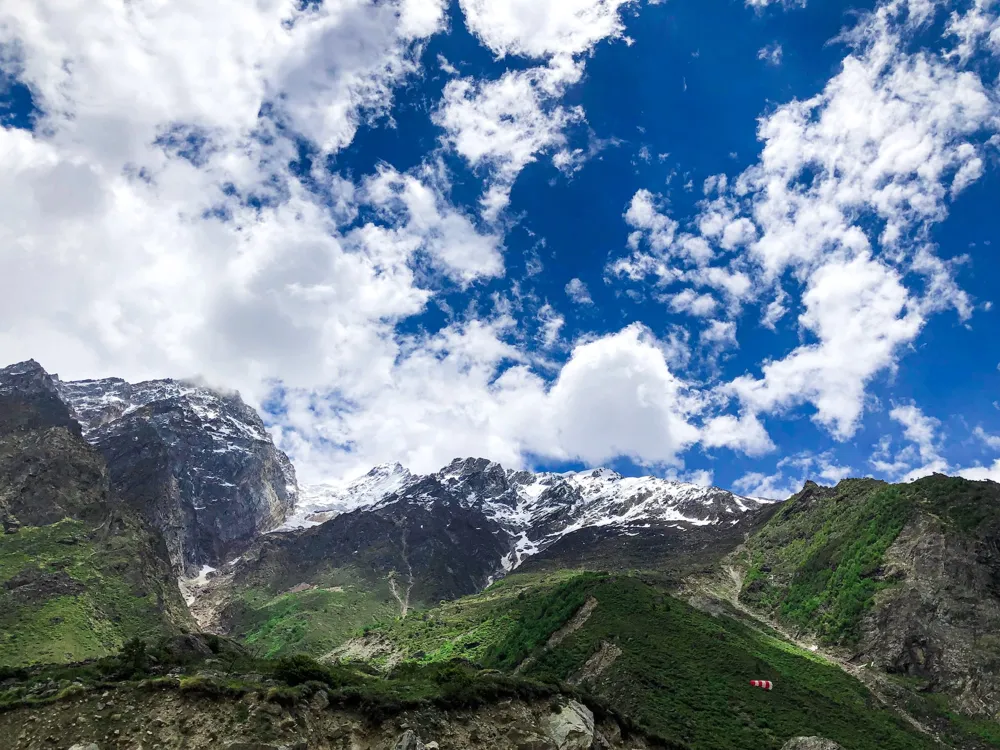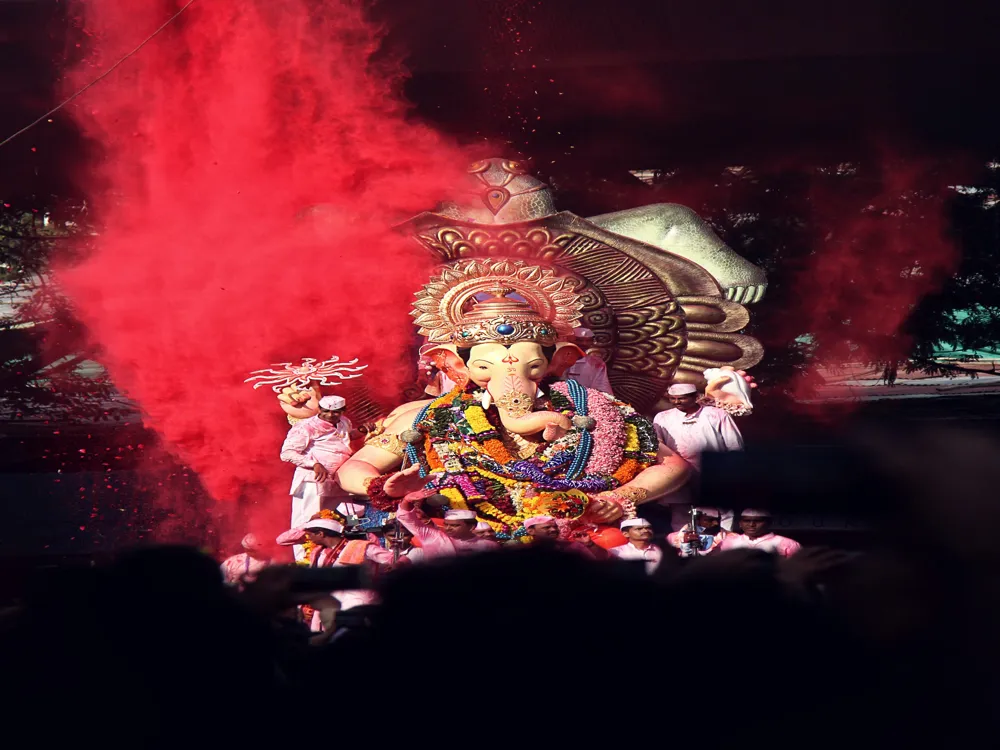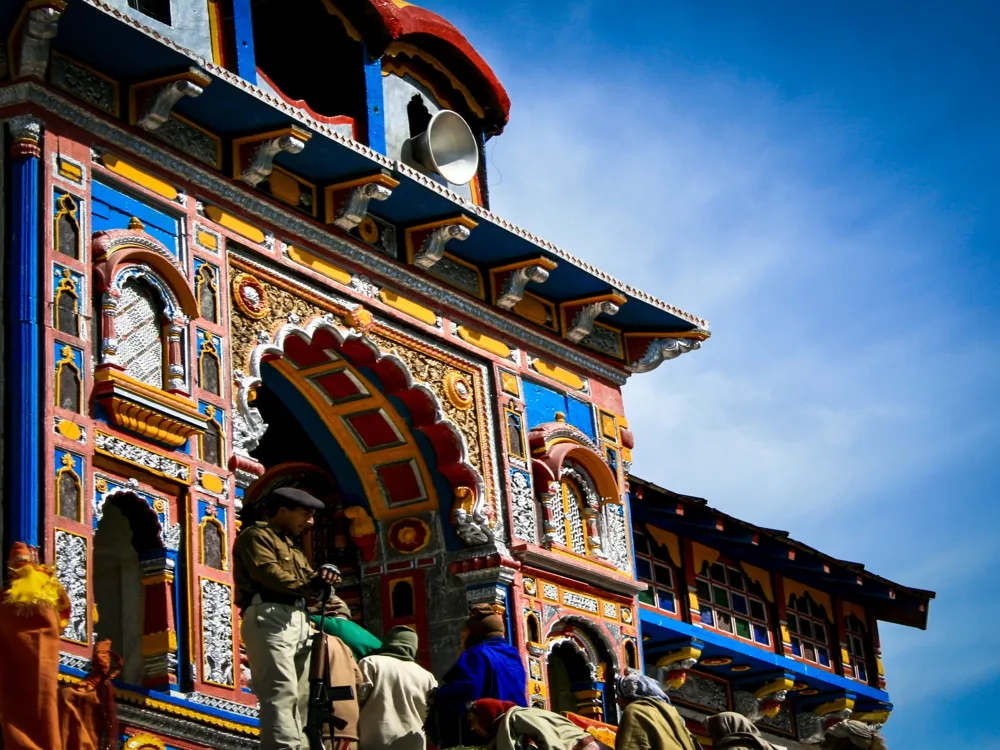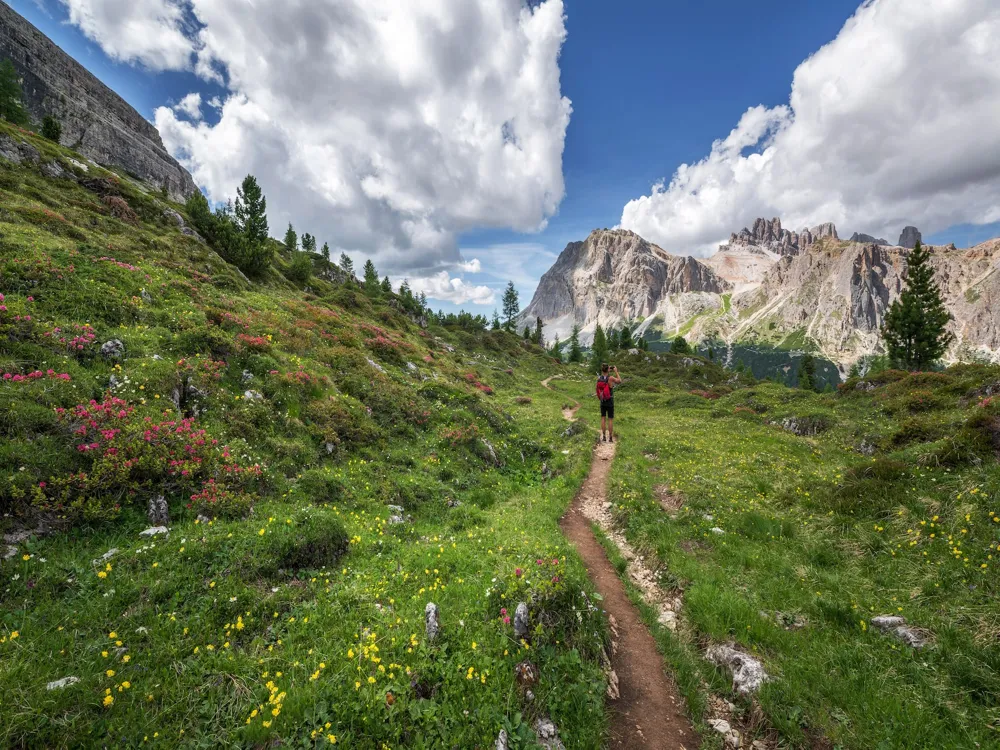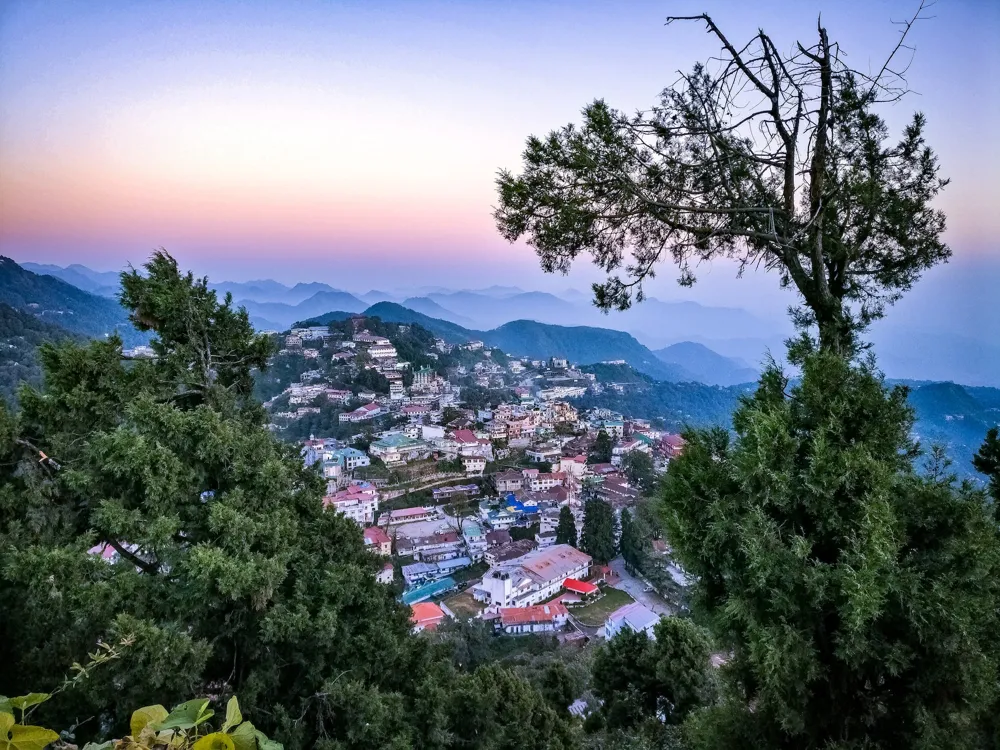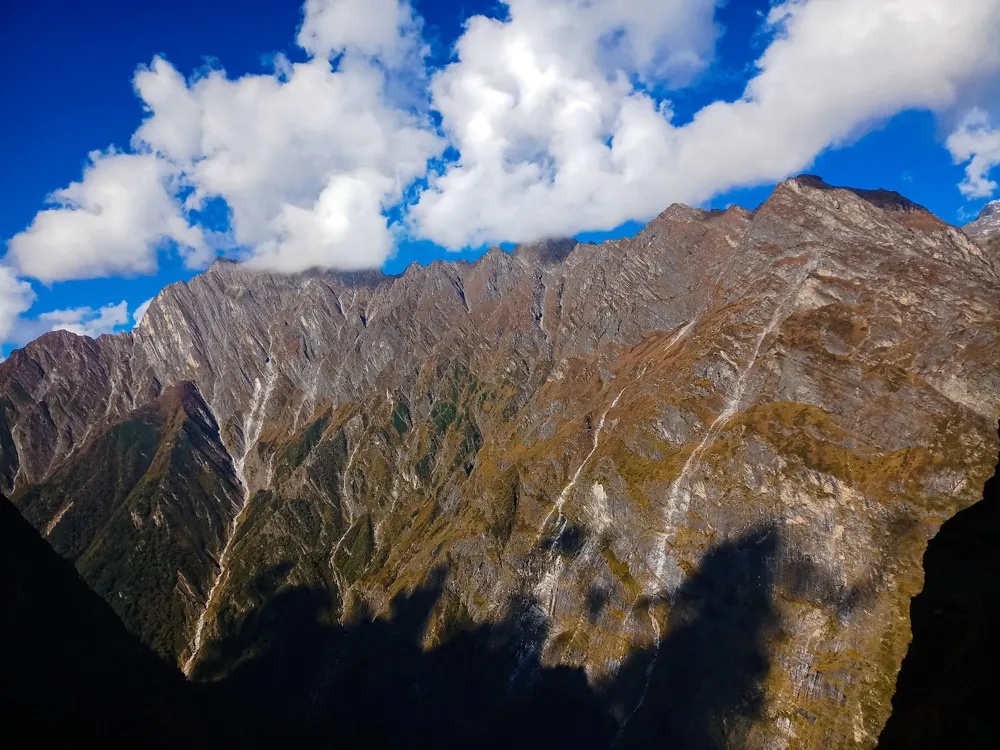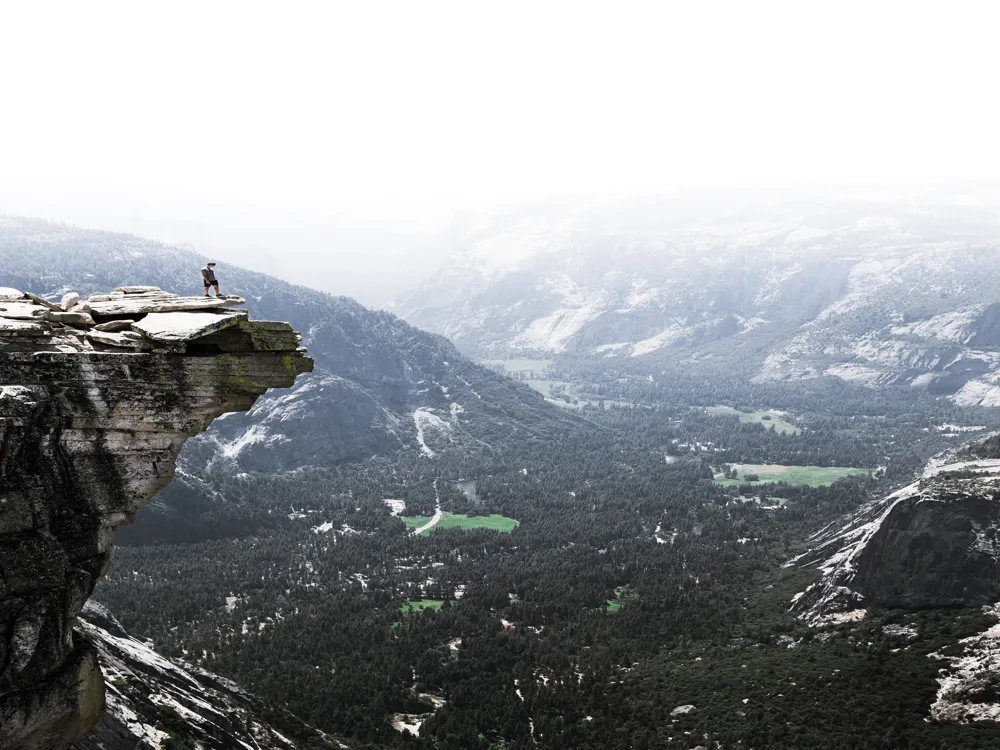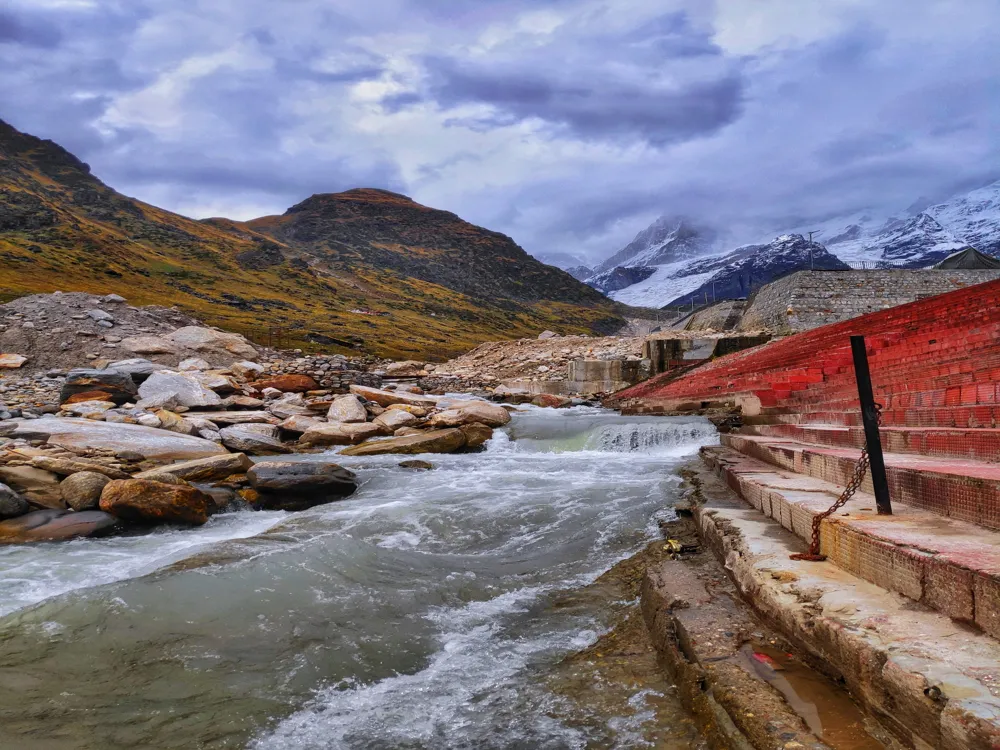Satopanth Lake, nestled in the majestic Garhwal Himalayas of Uttarakhand, India, near the holy city of Badrinath, is a pristine and alluring glacial lake. This sacred water body is cradled at an emotional altitude of about 4,600 meters above the ocean, offering a mesmerizing view of the girding snow-limited peaks. The lake's name,' Satopanth,' translates to the' Path of Truth,' reflecting its spiritual significance in Hindu tradition. According to legends, it's believed to be the path taken by the Pandavas on their ascent to heaven. The armature of Satopanth Lake, though natural, presents a remarkable interplay of geological conformations and glacial conditioning. The lake's structure is primarily shaped by the rugged Himalayan geomorphology, characterized by steep pitches, gemstone faces, and moraines. The lake receptacle is a result of glacial corrosion and accumulation, with the melting glaciers of the girding peaks feeding into it and maintaining its demitasse-clear waters. Before embarking on the trek to Satopanth Lake, ensure you are well-prepared. Carry adequate warm clothing, as temperatures can drop significantly, especially at night. High-altitude sickness is a real concern, so acclimatize properly and stay hydrated. Always trek with a guide or in a group for safety. Inform someone about your trekking plans and expected return. While visiting Satopanth Lake, be respectful of the local culture and traditions. Avoid littering and carry back all non-biodegradable waste. Use water resources judiciously and avoid contaminating the lake. Remember, the lake is a sacred site for many, so maintain decorum and avoid loud noises or disturbances. The ideal time to visit Satopanth Lake is from May to October. During these months, the weather is relatively stable, and the trails are accessible. Avoid monsoon months as the region experiences heavy rainfall, making the trek challenging and risky. To reach Satopanth Lake, the trip begins at Badrinath, which is well connected by road from major municipalities like Haridwar and Rishikesh. From Badrinath, the journey to Satopanth Lake covers roughly 22 kilometers. The journey is grueling and requires good physical fitness and stamina. It generally takes about 2–3 days to reach the lake, depending on one's pace and rainfall conditions. The journey route passes through Mana vill, the last inhabited vill before the Indo-Tibetan border, and also proceeds through rugged terrains and serene geographies, leading to the majestic Satopanth Lake. Read More:Overview of Satopanth Lake, Badrinath, Uttarakhand
The trip to Satopanth Lake is an exhilarating journey, taking visitors through a different array of geographies. The trail begins at Badrinath, a deified passage point for Hindus, and winds through lush denes, rocky terrains, and steep mountainous paths. En route, pedestrians are treated to the stirring beauty of the Himalayas, including the majestic Neelkanth, Parvati, and Chaukhamba peaks.
The lake itself is a sight to behold. Its demitasse-clear waters reflect the pictorial blues of the sky and the stark whites of the girding snowfields, creating a surreal and tranquil atmosphere. The serenity of Satopanth Lake is further enhanced by its religious significance. It's frequently visited by devout pilgrims who come to perform rituals and pay homage to the gods. The lake is also associated with multitudinous myths and stories from Hindu epics, adding layers of artistic uproariousness to its natural beauty.
One of the unique aspects of Satopanth Lake is its triangular shape, which is rare among high-altitude lakes. This geometric peculiarity is frequently linked to its mythological significance, as it's believed to represent the trio of Hindu divinities Brahma, Vishnu, and Mahesh. The lake's pristine terrain, combined with its spiritual air, makes it a haven for both nature suckers and spiritual campaigners.
With its mix of stirring natural beauty and profound spiritual significance, Satopanth Lake isn't just a trekking destination but a trip into the heart of the Himalayan mystique. It offers an experience that's both physically exhilarating and spiritually uplifting, making it a must-visit for anyone seeking adventure and enlightenment in the beauty of nature.Architecture of Satopanth Lake
The area around Satopanth Lake is devoid of any man-made structures, conserving its untouched and raw beauty. The lake's immediate surroundings are marked by a barren yet majestic geography, dominated by jewels and boulders interspersed with patches of alpine foliage. This harsh and minimalistic terrain accentuates the serene beauty of the lake, creating a stark discrepancy that's both witchy and admiration-inspiring.
The geological armature of Satopanth Lake is a testament to the dynamic processes of the Earth. The lake's conformation is a result of thousands of glacial movements that have sculpted out this spectacular natural receptacle. The girding escarpments and denes also tell a story of the immense geological forces that have shaped this region over time.
In addition to its geological significance, the lake's armature is invested with artistic and mythological rudiments. The triangular shape of the lake is frequently interpreted as a symbol of cosmic balance and harmony, resonating with the spiritual beliefs of the original culture. This mix of natural majesty and artistic symbolism makes Satopanth Lake a remarkable illustration of the interplay between nature and mortal belief.
The armature of Satopanth Lake, thus, isn't just about its physical structure but also about the impalpable rates that make it a place of wonder and reverence. It stands as a natural phenomenon, inspiring admiration and worship in the hearts of those who witness its beauty.Tips for Visiting Satopanth Lake
Preparation and Safety Tips
Respect Local Culture and Environment
Best Time to Visit
How To Reach Satopanth Lake
Satopanth Lake
Badrinath
Uttarakhand
₹ 11,200 onwards
View badrinath Packages
Badrinath Travel Packages
View All Packages For Badrinath
Top Hotel Collections for Badrinath

Private Pool

Luxury Hotels

5-Star Hotels

Pet Friendly
Top Hotels Near Badrinath
Other Top Ranking Places In Badrinath
View All Places To Visit In badrinath
View badrinath Packages
Badrinath Travel Packages
View All Packages For Badrinath
Top Hotel Collections for Badrinath

Private Pool

Luxury Hotels

5-Star Hotels

Pet Friendly








